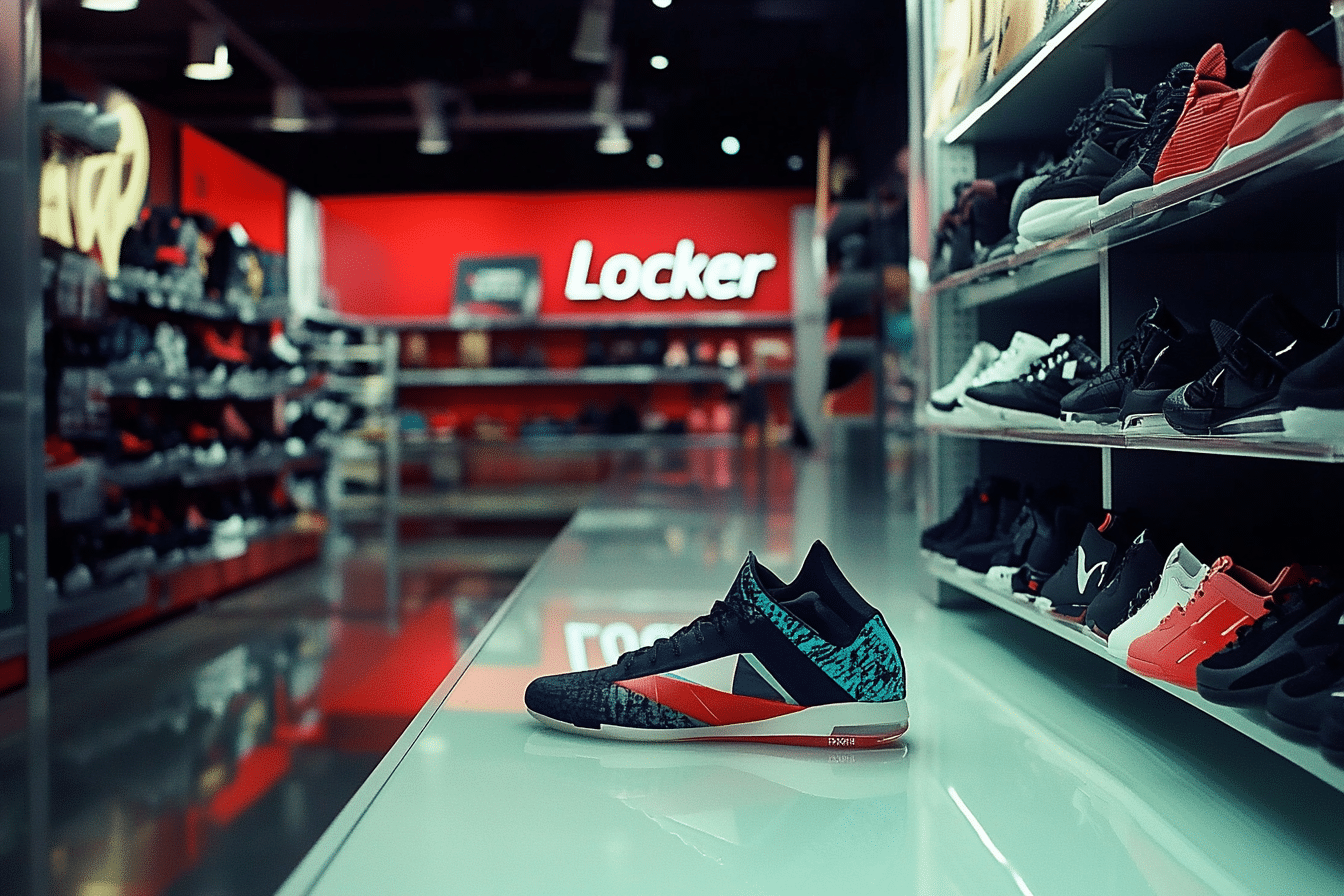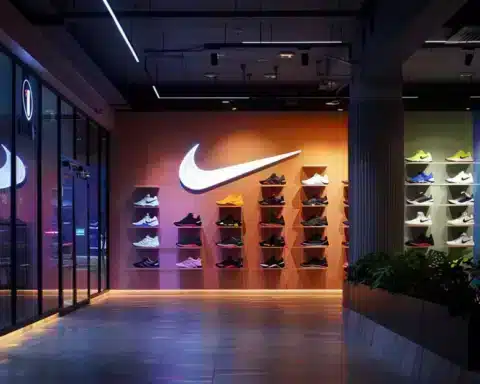Foot Locker recently celebrated its 50th anniversary in New York, a stark contrast to its near-bankruptcy status just months ago. Grammy-nominated rapper Coi Leray performed at the event, reflecting Foot Locker’s renewed energy under CEO Mary Dillon. As the company moves forward, it faces a pivotal moment—can it regain its dominance in the sneaker world despite challenges, especially after its breakup with Nike?
The Lace-Up Plan: A New Strategy
Under Dillon’s leadership, Foot Locker introduced the Lace Up plan, revitalizing the brand through better marketing, real estate adjustments, and a revamped loyalty program. Dillon told CNBC, “Our last quarter was an excellent indication that the hard work we’ve been putting into the Lace Up plan is working.” With the first comparable sales growth in six quarters, the plan seems to be taking effect.
A Legacy Tied to Nike
Foot Locker’s journey can be traced back to the 1970s when it was a dominant player in malls across the U.S., serving as a significant distributor of Nike products. Frank Bracken, Foot Locker’s Chief Commercial Officer, recalled, “By the end of the decade, 75% of the products Foot Locker sold were from Nike.” However, as Nike shifted towards direct-to-consumer sales in 2022, Foot Locker’s heavy reliance on Nike left it vulnerable. According to Bracken, Foot Locker “got complacent” and was slow to adapt, leading to significant declines in sales.
Facing the Competition
The sneaker market has grown increasingly competitive. Dick’s Sporting Goods and JD Sports have gained market share with vital loyalty programs and private-label products, leaving Foot Locker looking vulnerable. Retail analyst Neil Saunders stated, “In some ways, they’re just a sort of distributor of everyone else’s products.”
A Turnaround in Progress
Despite the challenges, Foot Locker is seeing signs of a turnaround. Online sales are growing, and the company plans to relaunch its mobile app. Additionally, the new loyalty program, FLX, is helping to rebuild customer engagement. Kim Waldmann, Chief Customer Officer, explained, “[FLX] isn’t necessarily about getting you to buy 10 more sneakers per year; it’s about driving share of wallet consolidation.” Moreover, Foot Locker’s reimagined store concept showcases individual brands, helping them build stronger relationships with partners like Adidas and On.
The Road Ahead
While Foot Locker is making strides, it remains at a crossroads. The relationship with Nike is slowly improving, with plans to see growth by the end of 2024. However, analysts like Saunders still question the brand’s long-term viability, stating, “Foot Locker is the most at risk of extinction.” Yet, others, like Janine Stichter, remain optimistic: “There is a reason for a concept like Foot Locker to exist. It all depends on whether it can be executed well and be one of the preferred places for consumers looking for a choice.”
Foot Locker’s journey from mall legend to an uncertain future is filled with challenges. While its relationship with Nike has been strained, the company is working hard to regain its footing through new strategies, brand partnerships, and innovative store designs. As the next 50 years unfold, Foot Locker’s survival will depend on its ability to adapt to an ever-evolving retail landscape.




